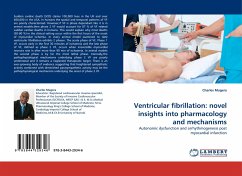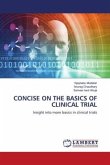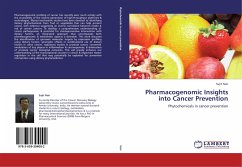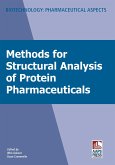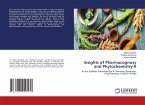Doctoral Thesis / Dissertation from the year 2013 in the subject Medicine - Pharmacology, grade: -, , language: English, abstract: Adenoviruses (AdVs) are common pathogens that are a major cause of acute infections of the respiratory and intestinal tracts, as well as the eye. Despite having a distinguished and extensive experimental history, there remain many unanswered questions about how AdVs are recognized and eliminated during infection. In order to advance therapy for infectious and inherited diseases, these challenging questions must be addressed. Here we have examined recognition of AdV by immunologic and serum factors using high-resolution cryo-electron microscopy (cryo-EM) and computational modeling. These factors include human alpha defensin 5 (HD5), human blood coagulation factor X (FX), and factor VII (FVII). We also analyzed the structure of an AdV-based vaccine that is designed to provide protective immunity against human immunodeficiency virus (HIV). Structural analysis and modeling studies on HD5 recognition of AdV implicated a key role for intrinsic disorder in mediating a stabilizing interaction that blocks viral infection. Cryo-EM and functional examination of serum factor binding to AdV showed that FX, a noninflammatory humoral factor of the coagulation cascade, binds to the surface of AdV and becomes a pathogen-associated molecular pattern that, upon viral entry into liver cells, triggers activation of innate immunity via the TLR/NF- B pathway. In contrast, FVII does not support AdV entry into liver cells because it binds in an altered orientation compared to that of FX and dimerizes, which buries potential liver receptor binding residues within the dimer interface. Characterization of the AdV-based HIV vaccine demonstrated how the adenoviral capsid influences epitope structure, flexibility, and accessibility, all of which affect the host immune response.
Hinweis: Dieser Artikel kann nur an eine deutsche Lieferadresse ausgeliefert werden.
Hinweis: Dieser Artikel kann nur an eine deutsche Lieferadresse ausgeliefert werden.




